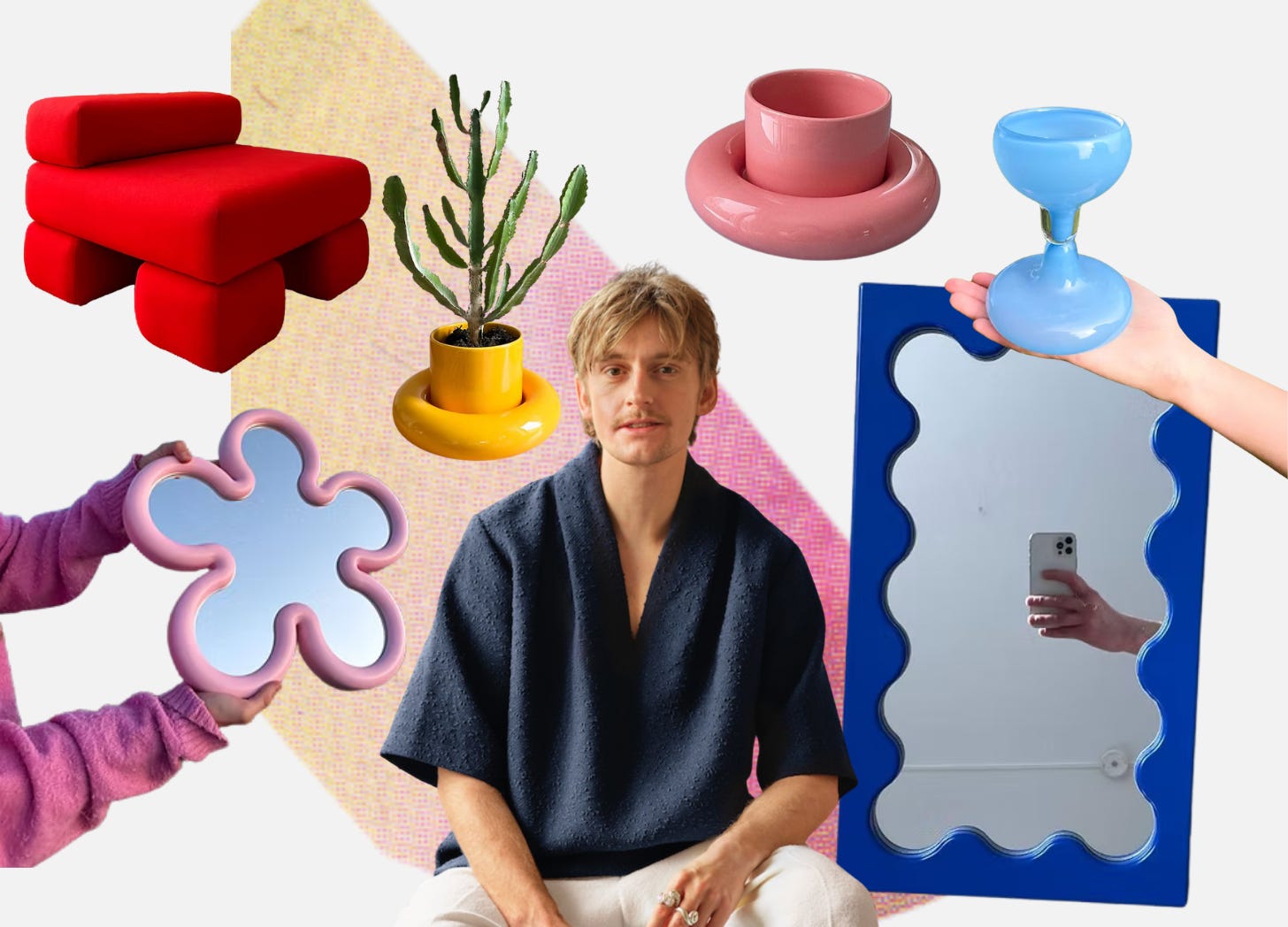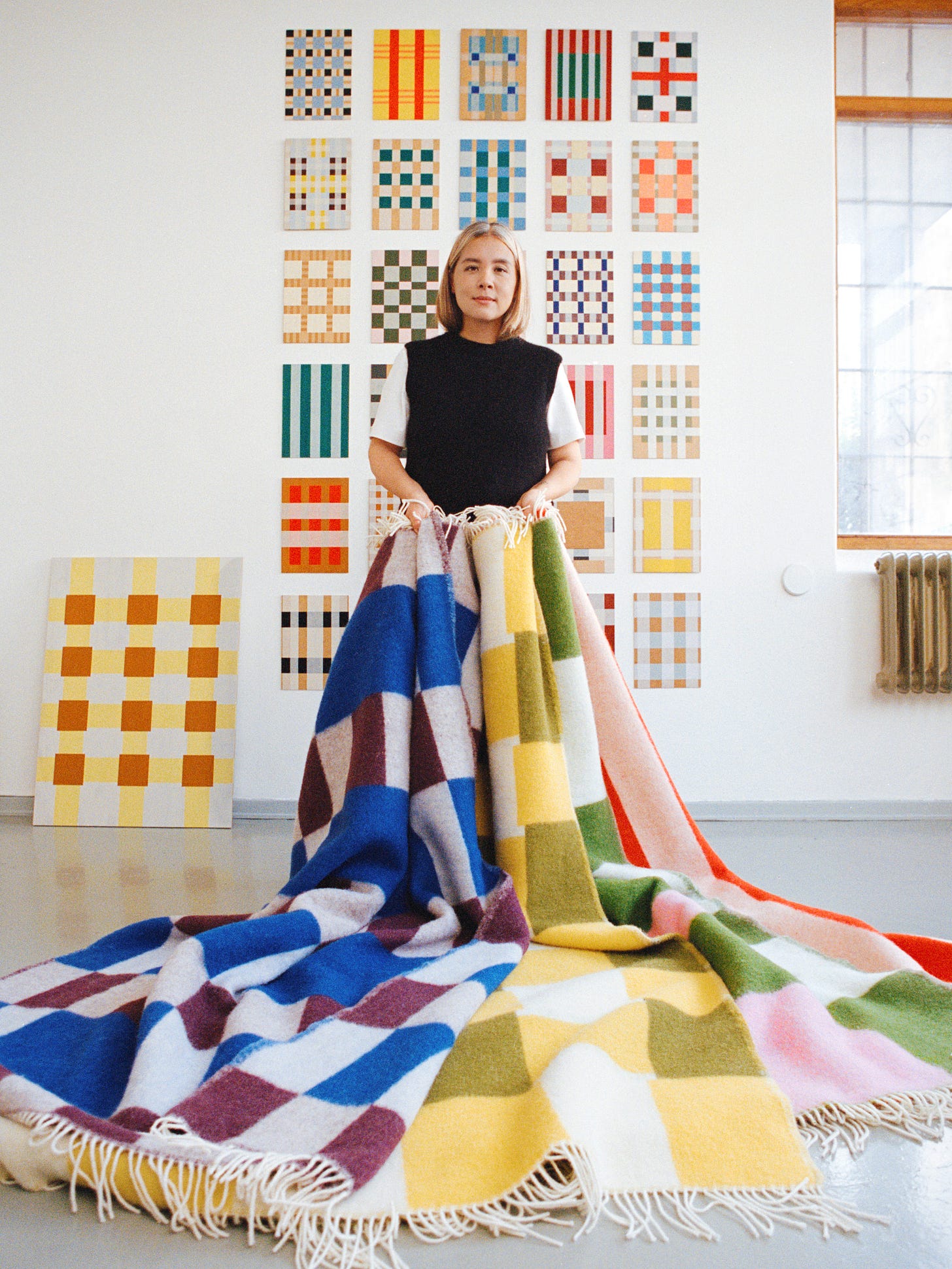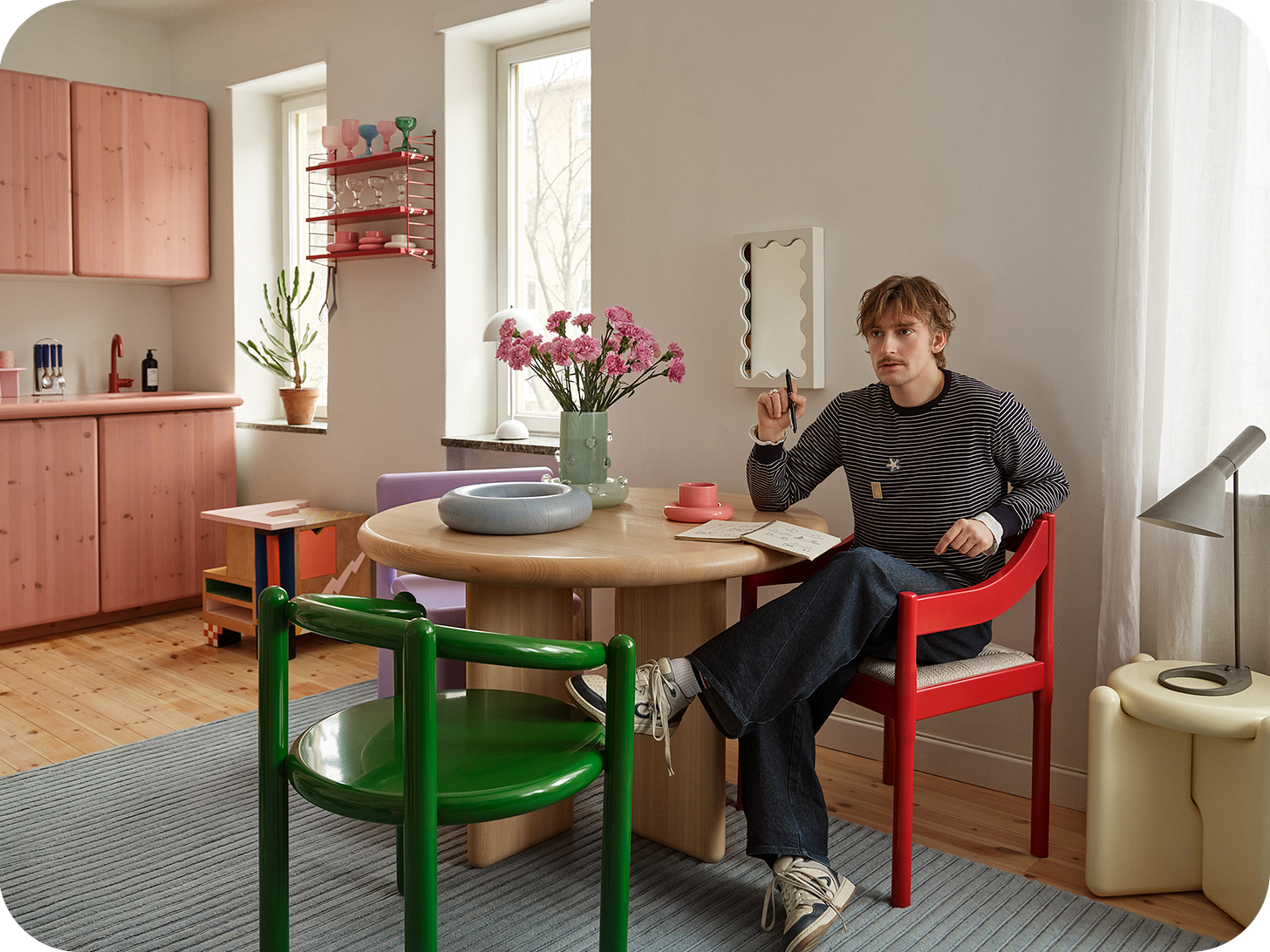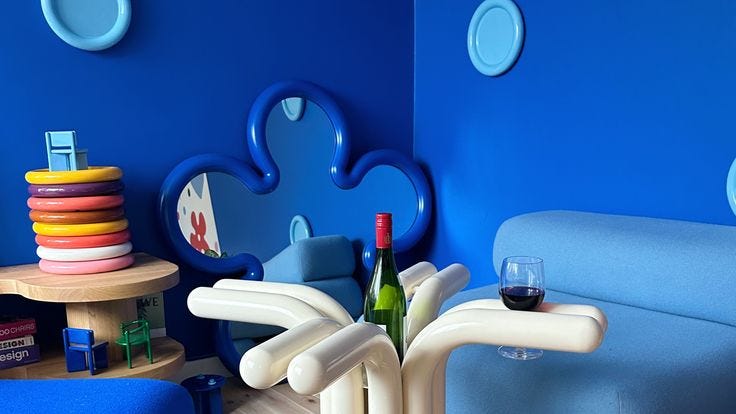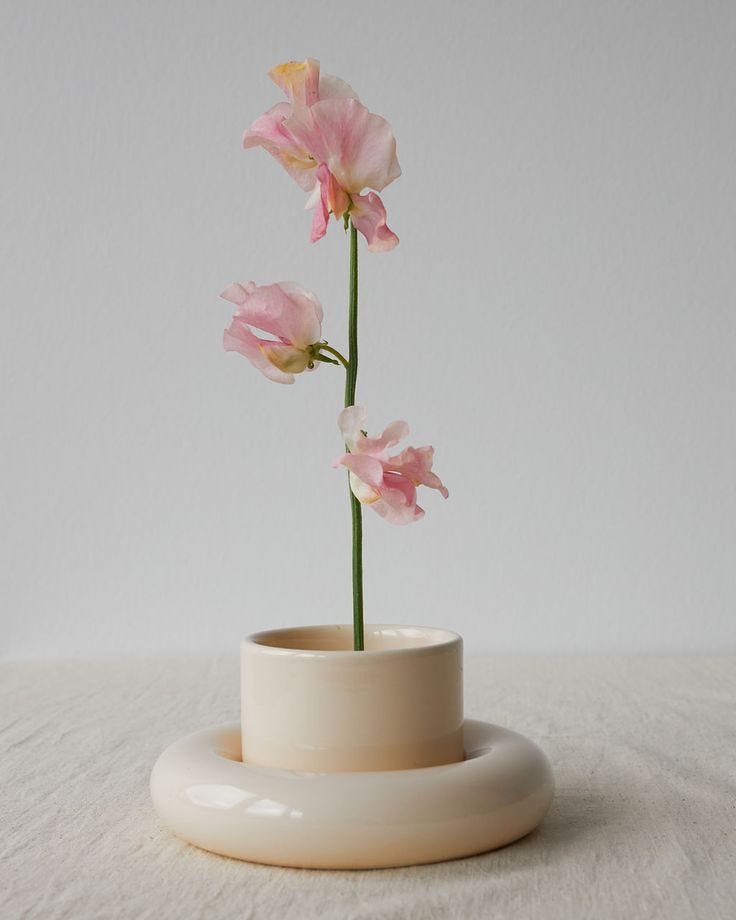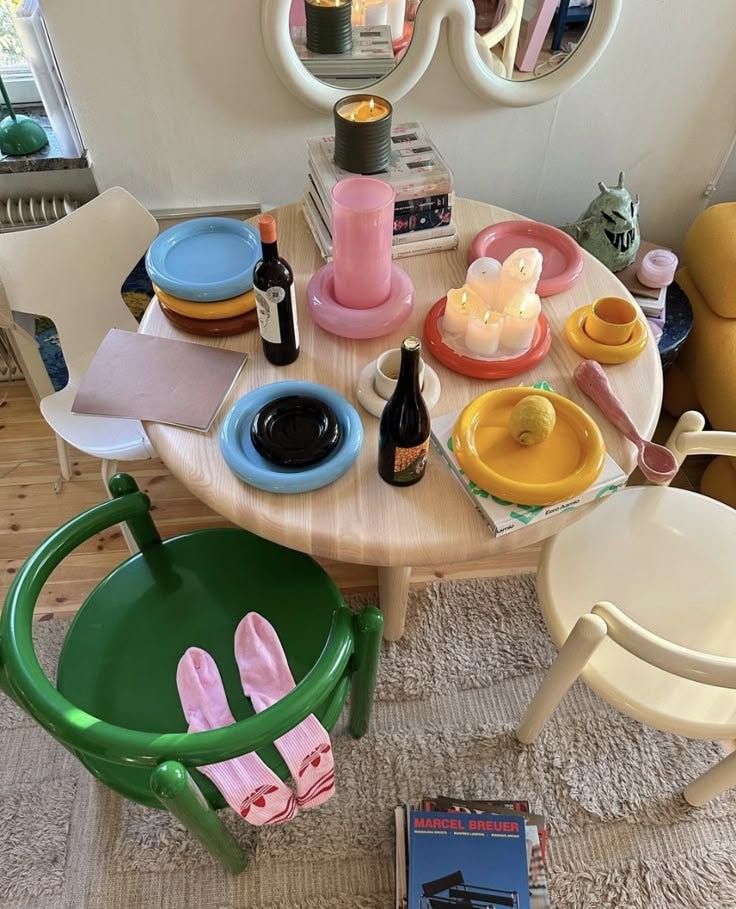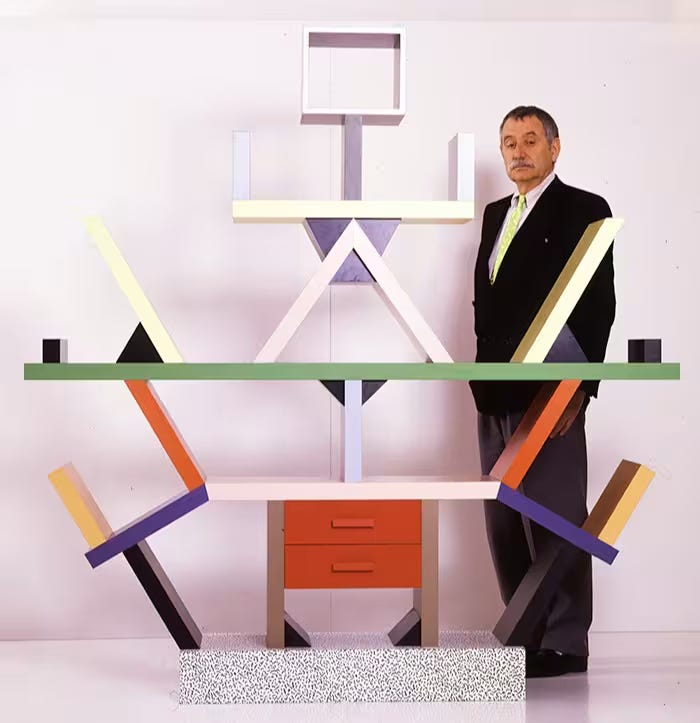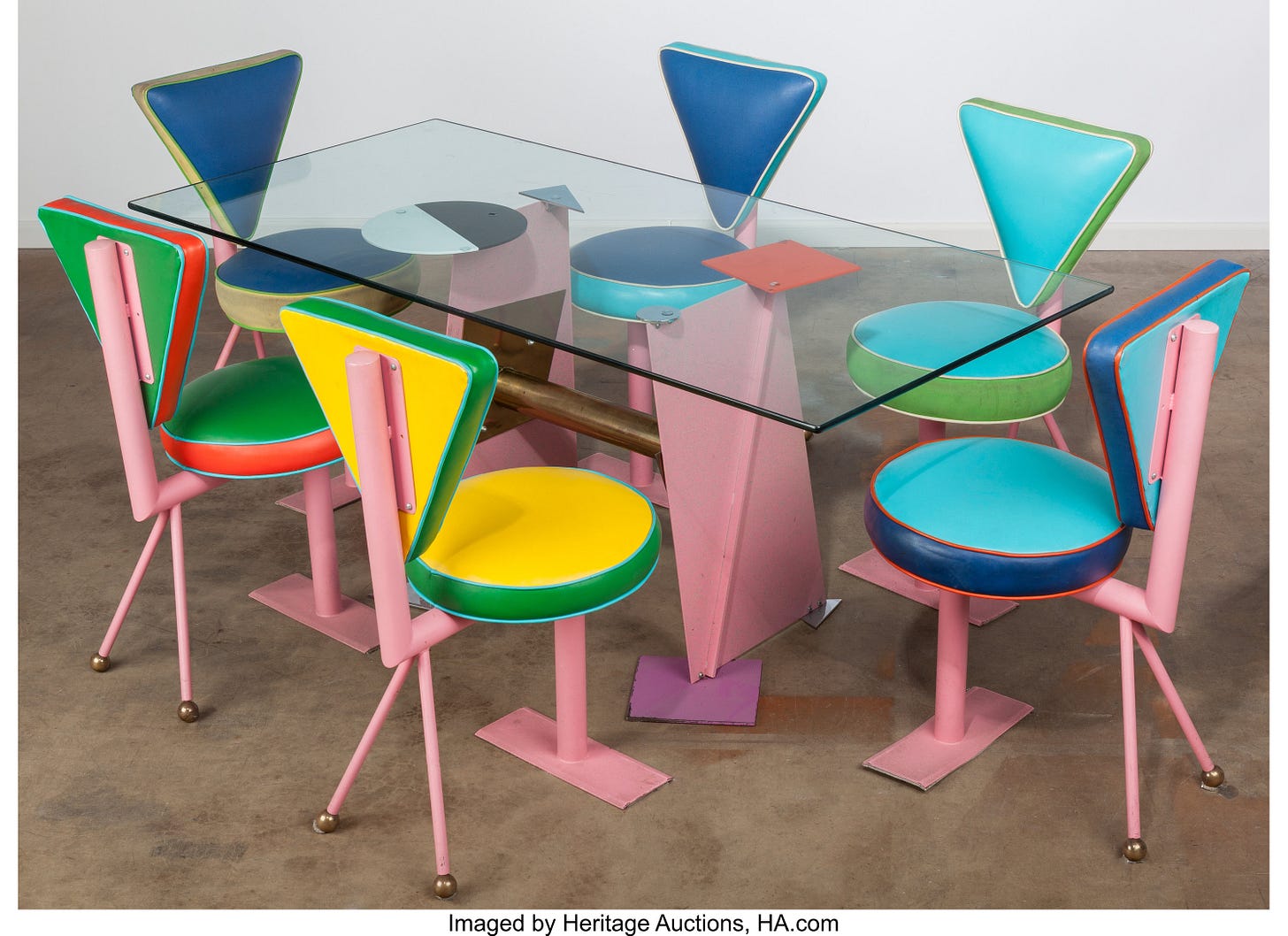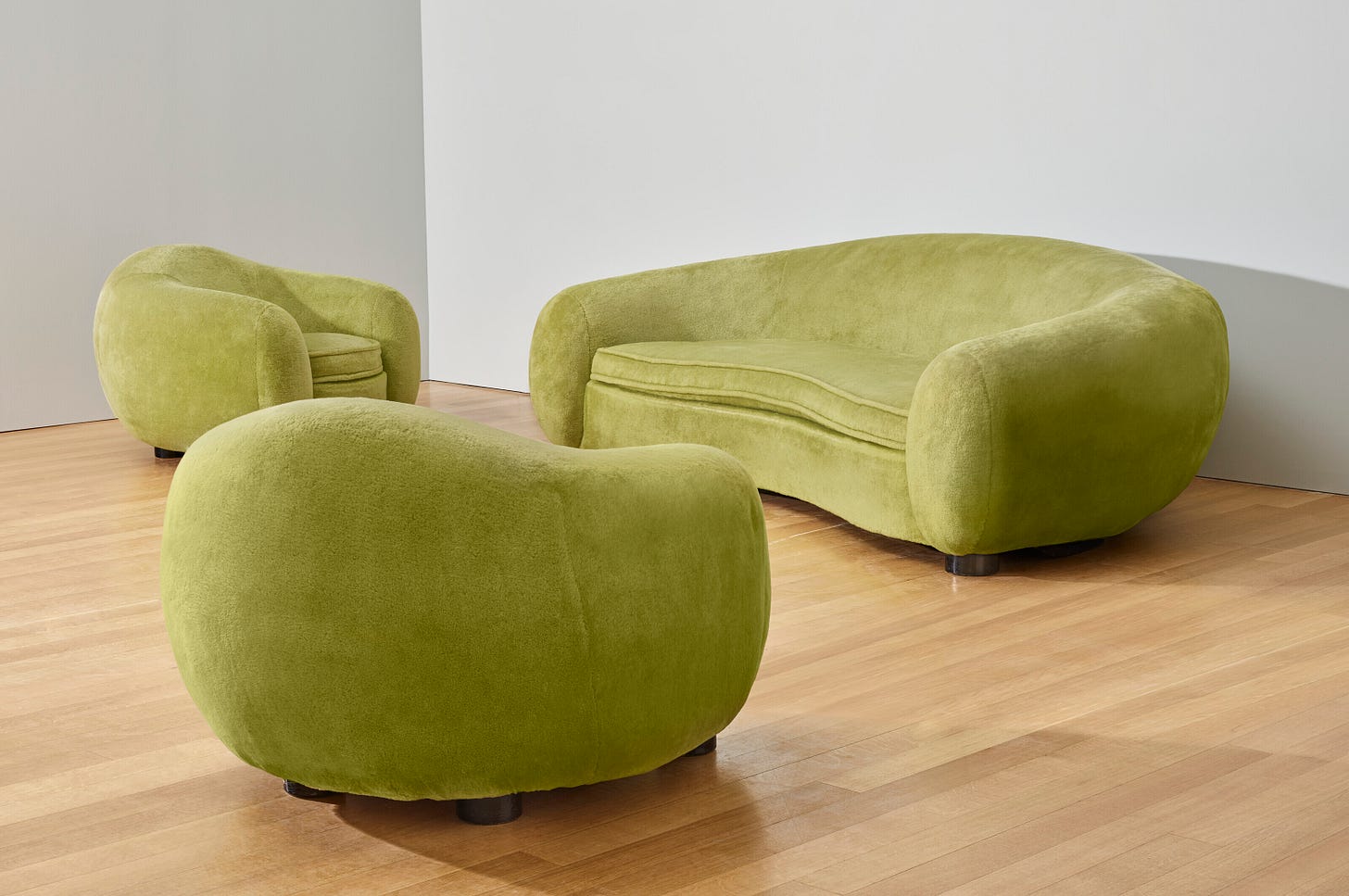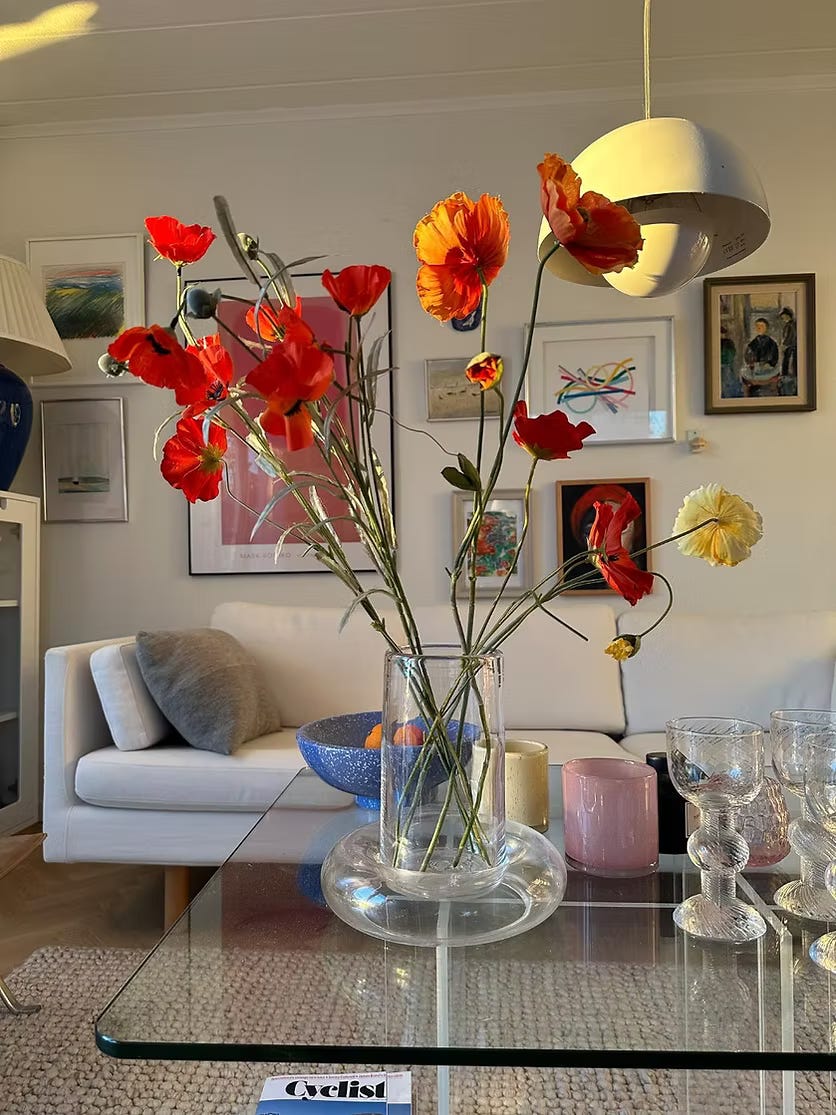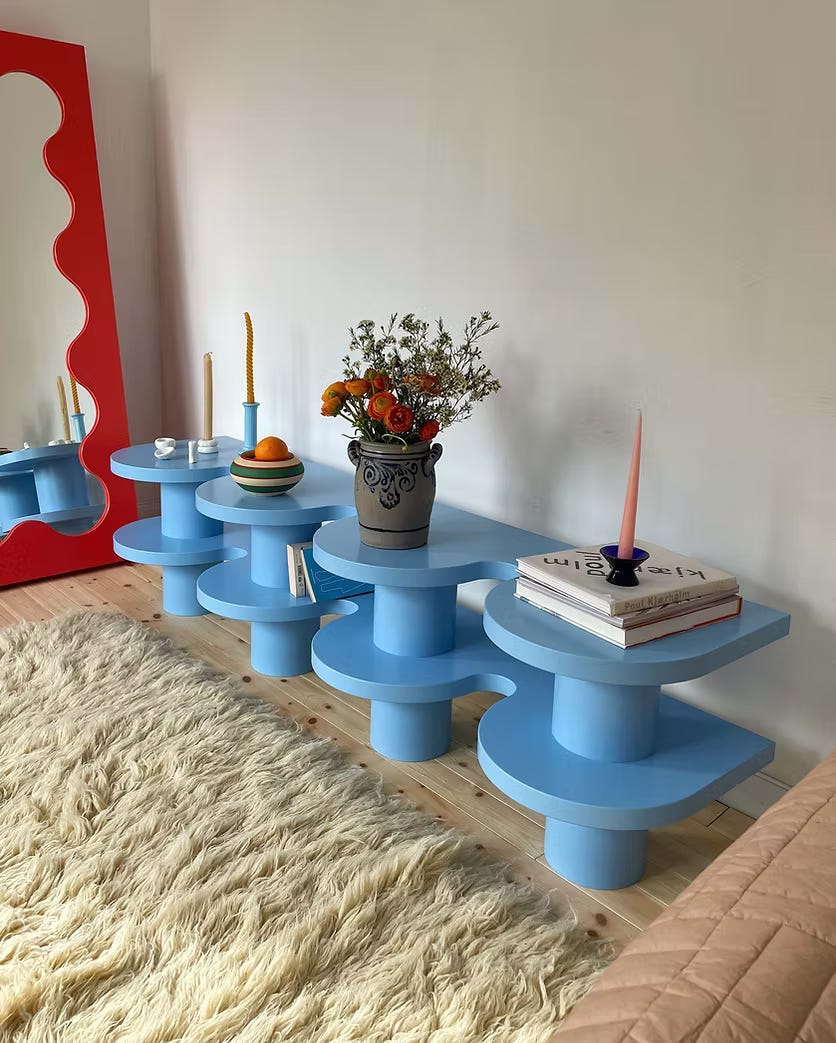gustaf westman: on swedish furniture and how scandinavian design is evolving
"Have you ever wanted to eat a cup? Saucer plate and all?"
PRELUDE
If you like what I’m talking about, you might want to check out my other posts on artists like Yoshitomo Nara, Artemisia Gentileschi, Andy Warhol, or an under-the-radar 70’s experimental avant garde artist from Korea. Or maybe you’re even interested in Korean celadon ceramic ware?
Have you ever wanted to eat a cup? Saucer plate and all?
One of the most exciting collaboration announcements I’ve heard in a while: this July, IKEA revealed it will launch a new collection later this year in partnership with Swedish designers Gustaf Westman and Evelina Kroon.
“[Gustaf and Evelina’s] perspectives let us explore new ways of coming together — less formal, yet full of style, warmth, and the spirit of gathering. By crafting experiences that resonate across generations and cultures, we draw closer to new audiences while celebrating both differences and similarities that unite people.”
I must confess that Evelina is a new designer for me, I have not heard of her before. But her work is very much influenced by the Scandinavian nostalgic design that is cozy and comforting, yet still uses a vibrant youthful color palette that I can really see why she was paired with Westman’s work. They complement each other completely, while resonating with and becoming more accessible to a younger audience of future furniture buyers.
This brings us to Gustaf Westman: whose iconic chunky bubble mug cup and plates are instantly recognizable from Instagram, and seen with high-profile celebrities like Tyler the Creator, Emma Chamberlain, and Olivia Rodrigo. Starting in 2020, his studio creates made-to-order furniture, ceramics, and glassware with a playful twist that is sure to cause a stir. His fresh take on mirrors, lamps, tables with built-in wine glass holders, room dividers, have exploded on the internet. (Currently, he almost has half a million followers on Instagram.)
His aesthetic is definitely not for everyone (I’m also surrounded by Japandi lovers). But it is certainly unique and his aesthetic style obviously a major hit, with almost every item always sold out online. The IKEA announcement honestly reminded me to look into Gustaf Westman: who he is, what kind of aesthetic he’s created coming out a mostly clinically minimal Swedish environment, and what that means for the future direction of Scandinavian design…
COMING UP:
Who is Gustaf Westman?
Gustaf Westman’s influences
Pieces I’m Eyeing…
Final Thoughts
You can also listen along to his work playlist on Spotify while reading, made for a blog post by Massproductions, a Stockholm based production company.
Who is Gustaf Westman?
Gustaf Westman is a Swedish furniture designer whose playful, curvy creations have helped redefine the aesthetic language of contemporary Scandinavian design. Trained in architecture and art history at Chalmers University in Gothenburg, Westman initially set out to work in architecture but quickly realized his passion lay more in forms, materials, and colors than in building codes and blueprints. From ceramics and glassware to larger furniture like the beloved Curvy Mirror or Blob Table, his work is grounded in a clear visual idea: fun, tactile, and instantly understandable. Each design begins with a single spark – sometimes literally sketched in the dirt during a trail run – and is refined down to its most essential, expressive form.
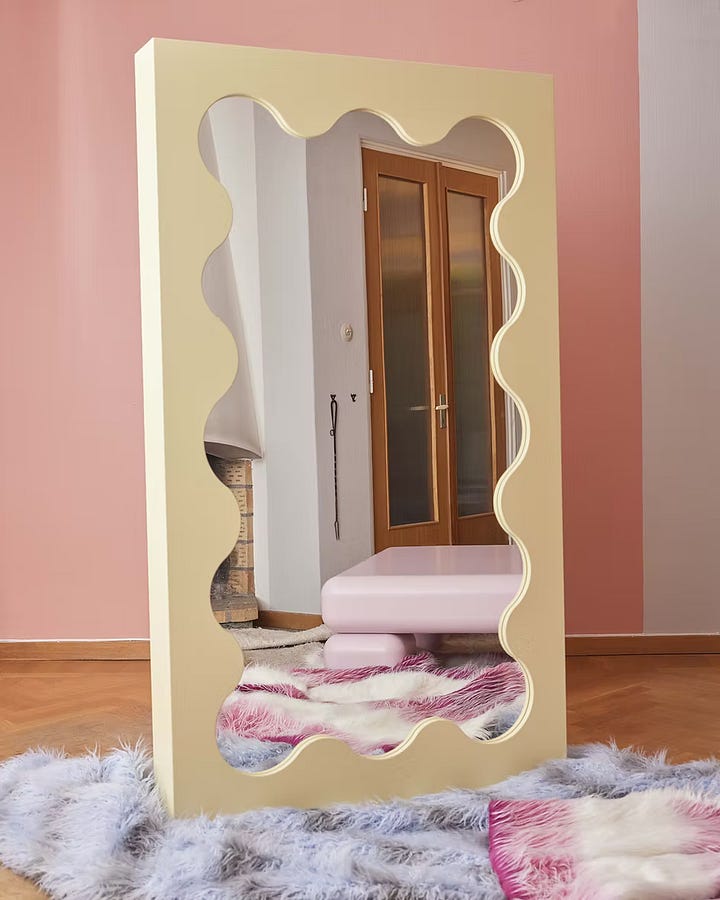
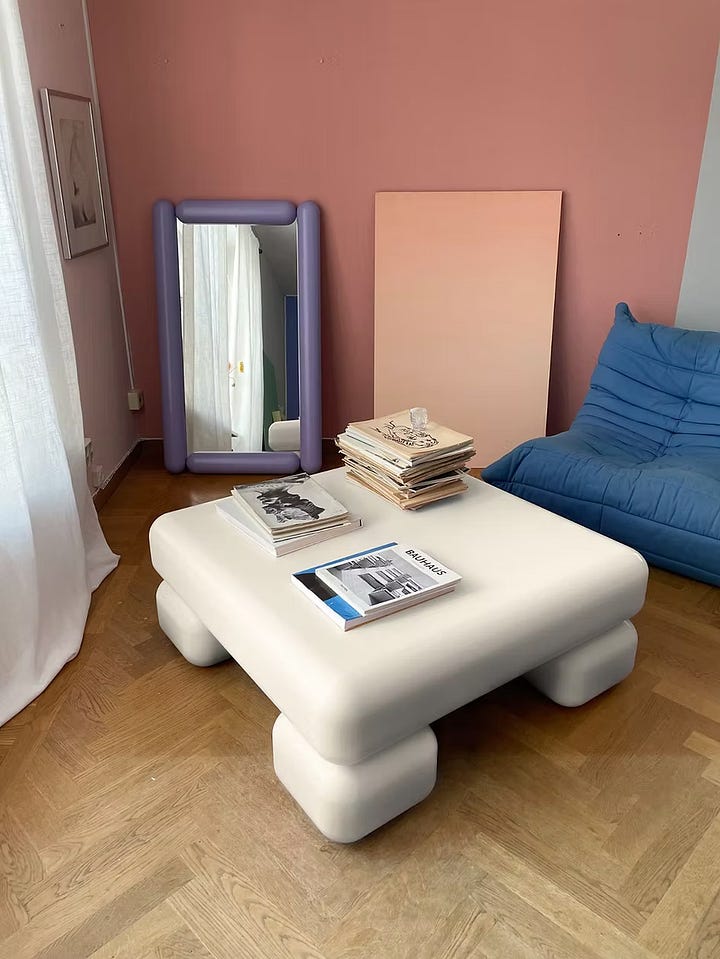
Though he didn’t grow up in a creative household in southern Sweden, Westman was always a sketchbook kid, drawing out his own designs wherever he went. That spirit of playful self-direction has remained central to his practice. He launched his studio not with a business plan but through trial and connection, starting with a single commission to redesign a PR firm’s office in Stockholm. It wasn’t long before people began asking to buy the custom pieces he made for those spaces, leading to the organic launch of his namesake brand.
Today, Westman operates a small-scale studio focused on made-to-order and limited-run pieces that blend approachability with strong visual identity. He dreams of making good design accessible without chasing luxury, and says he designs for people like himself: those who are a little more interested in design, color, and character. Even as his pieces go viral on TikTok and his mirrors become DIY sensations, Westman embraces that accessibility, knowing that people can partake in his design and style without buying it. I love that emphasis on the personal and sustainable, giving back to your community and nature – the true antithesis of overconsumption and isolation plaguing us today. For him, design isn’t about status, but rather about joy, surprise, and creating objects that feel alive. As Scandinavian design continues to evolve, Westman is leading the way with a vision that’s bright, bold, and unmistakably his.
Gustaf Westman’s Influences
Architecture: Westman has said in interviews that he likes to think of his objects as small buildings. His work is builds on his background in art history and architecture – in particular building techniques, shapes, materials and environmental thinking (more on that below).
The Nostalgia of the Past: Gustaf Westman often draws inspiration from different historical design periods. He frequently references the bold colors and playful spirit of the 1980s Memphis Group, an Italian design and architecture group founded by Ettore Sottsass, and modernist designers of the 1920s and 1930s like Jean Royère. Westman sees these previous design eras as less anxious and less trend-driven – times when designers were bolder, more original, and willing to experiment. He contrasts this with today’s mainstream Scandinavian design, which he views as more restrained, template-based, and limited in its color palette.
Danish Design and Scandinavian Principles: Westman cites Denmark as a major influence on his creative upbringing. While his current aesthetic draws heavily from the Memphis Group’s playful style, his foundational influences are rooted in Danish masters like Hans Wegner, Arne Jacobsen, and Poul Kjærholm.
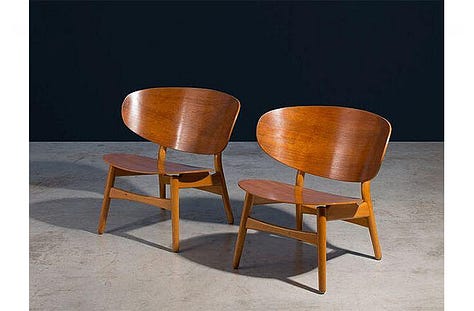
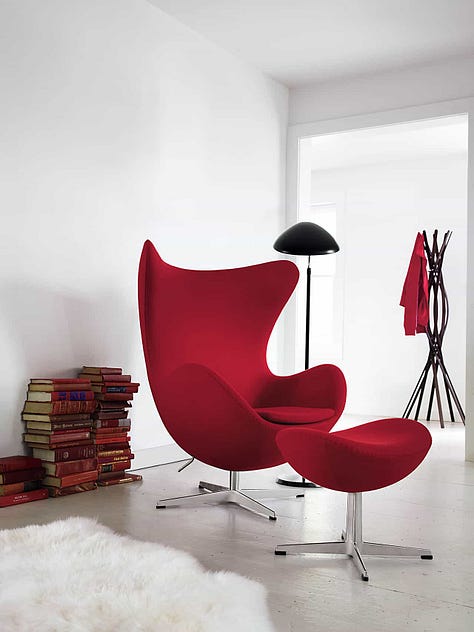
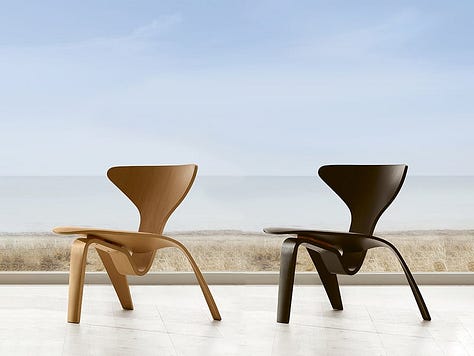
Fashion Brands: Fashion is one of Westman’s deepest creative influences. He often turns to it not just for aesthetics, but for its ability to reflect cultural moods in real time. He cites designers like Jonathan Anderson at Loewe, Jacquemus, and Cecilie Bahnsen as current inspirations, and admits that if he weren’t designing objects, he’d likely be working with clothes. While he continues to focus on furniture for now, fashion is a field he hopes to one day step into more directly.
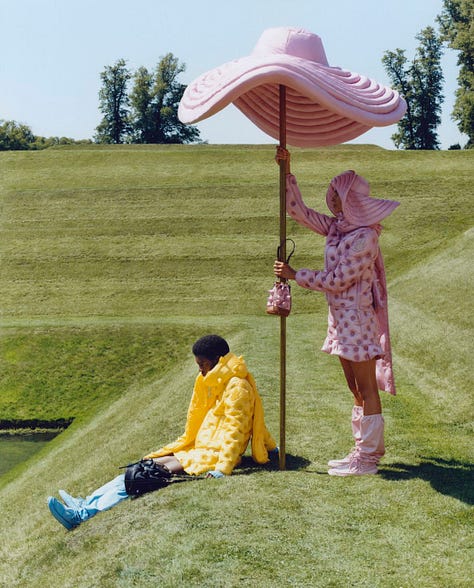
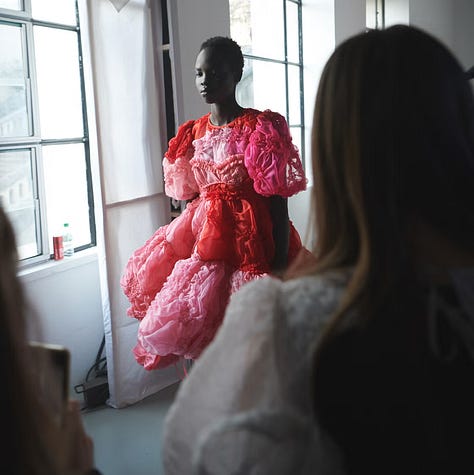
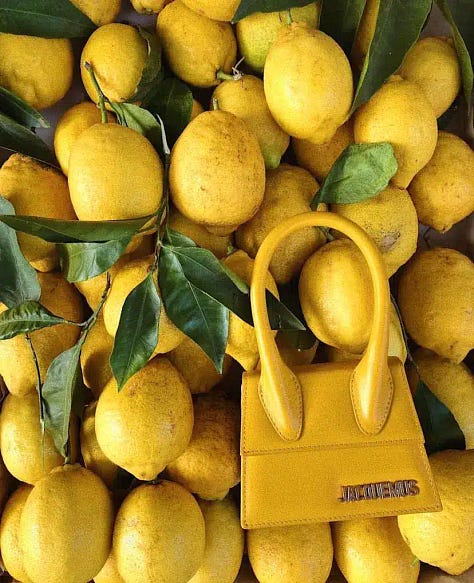
Side note: He’s also mentioned The Art Museum in Bregenz, Stockholm’s Public Library, Farnsworth House, Louisiana Museum of Modern Art, and the Aalto House as his top 5 favorite constructions and buildings ever.
Pieces I’m Eyeing…
Final Thoughts
It might not be everyone’s cup of tea, but let’s face it: Scandinavian design is shifting, and Gustaf Westman is helping lead that change with a playful, boundary-pushing aesthetic. Westman’s work flips the script with curves, gloss, and color palettes. He draws as much from fashion and architecture as he does from furniture. Whether he's designing a mirror that breaks the internet or glassware that feels both childlike and sculptural, Westman is not afraid to blur the lines between disciplines. His approach may stray from the minimalist approach we’ve come to expect from Scandinavian design, but that’s exactly the point – he’s making space for something warmer, bolder, and more emotionally intuitive. The future of design, in Westman’s world, is still functional – but it’s also fun.
That’s all for today! <3
I’m sorry I didn’t cite all my pictures, this was very research heavy and I will go back and add them when I get a chance :<
Skylar xx
![[banchan]](https://substackcdn.com/image/fetch/$s_!bzBv!,w_80,h_80,c_fill,f_auto,q_auto:good,fl_progressive:steep,g_auto/https%3A%2F%2Fsubstack-post-media.s3.amazonaws.com%2Fpublic%2Fimages%2F4020a6b2-7d75-439c-8957-0777f2e5fe65_1200x1200.png)

![[banchan]](https://substackcdn.com/image/fetch/$s_!bzBv!,w_36,h_36,c_fill,f_auto,q_auto:good,fl_progressive:steep,g_auto/https%3A%2F%2Fsubstack-post-media.s3.amazonaws.com%2Fpublic%2Fimages%2F4020a6b2-7d75-439c-8957-0777f2e5fe65_1200x1200.png)

